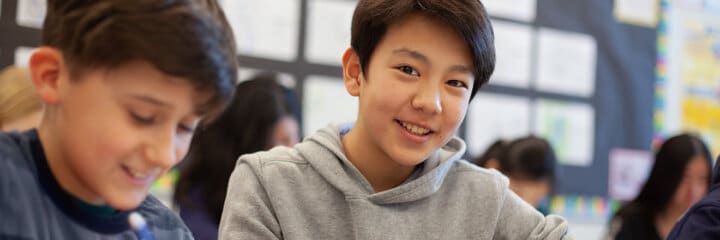Bland stenyxor och tv-spel: Om barn, historisk tid och när unga blir delaktiga i historiekulturen
Joel Rudnert har i sin avhandling undersökt de processer genom vilka barn blir allt mer delaktiga i historiekulturen och hur barn utvecklar förmågan att orientera sig i historisk tid.
Joel Rudnert
Professor Per Eliasson, Malmö universitet Bim Riddersporre, Malmö universitet Professor Ulf Zander, Lunds universitet
Docent Johan Samuelsson, Karlstads universitet
Malmö universitet
2019-02-22
Bland stenyxor och tv-spel: Om barn, historisk tid och när unga blir delaktiga i historiekulturen
Abstract in English
The purpose of this dissertation is to investigate the processes through which children become increasingly involved in historical culture. It does this by examining how children develop thinking in historical time. Historical time is defined in the thesis using Ricoeur’s theory of three intellectual tools with which perceived and physical time is bridged. These tools are the calendar, generation and the trace. Using, among other things, Vygotsky’s theory of cultural tools, Ricoeur’s theory was operationalized, and was tested against an empirical material. The empirical material was collected from videotaped conversations with children between the ages of four and twelve, in focus groups. A total of 136 children from schools in Malmo participated. The study is concentrated on a number of historical objects such as Stone Age axes, as well as modern objects such as mobile phones. In one of the three studies, a timeline was introduced into the situation in order to examine the impact of an important cultural tool. The results show that the children became increasingly involved in the history culture by acquiring the investigated cultural tools. With the help of calendar time, the children became better at relating the historical objects to history. With the help of the concept of generation, the children had the opportunity to relate the historical objects to their own lives, but also a tool that helped them decenter in time. The children decentered in time by adopting historical perspectives for past generations, but also for future generations. Finally, the trace can be regarded as a cultural schema that the children used to tie the presence of the historical objects in the present with the contemporary context in which they were part in the past. Through the use of the three tools calendar, generation and the trace, the children became better at orienting themselves in historical time and in this way they became increasingly more competent participants in the history culture.
Relaterade länkar

Svenska som andraspråk
 Åk F–Vux
Åk F–Vux
När leken inte fungerar
 Fsk
Fsk


